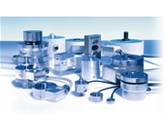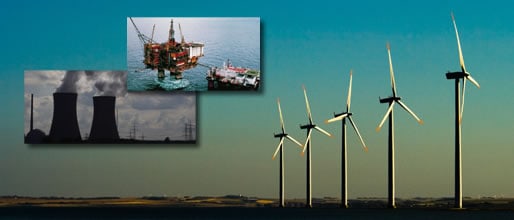Long service life and short standstill times with HBM measurement technology
Wind power plants are forging full speed ahead
HBM supports highly promising growth markets such as wind energy with state-of-the-art measurement technology. Complete solutions are required to increase the efficiency of wind power plants with HBM measurement technology from sensor to software.
Efficient wind power plants require long service lives and short downtime. This depends primarily on the quality and reliable monitoring of the individual components. Furthermore, wind power plants at sea (offshore) and on land (onshore) face different challenges.


